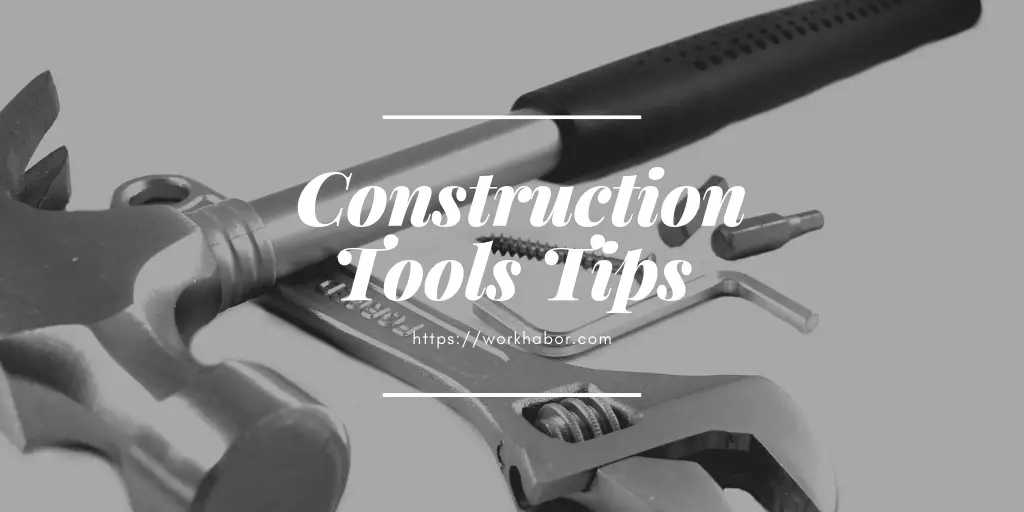The Process of Asbestos Removal in Melbourne VIC
Last Updated on October 12, 2020 by Duncan
One of the most popular ways of asbestos entering the body is through breathing in the small particles. You can know more about these naturally-occurring minerals in this link here.
In many cases, materials with asbestos in them are not generally considered as harmful unless they release fibers and dust into the air where the toxic substance can be inhaled.
The fibers will be trapped in the human body’s mucous membranes, especially in the throat and nose, and they can pass through the lungs, causing many health issues.
The most hazardous form of asbestos is when it’s friable. This means that it’s the time when you can easily crumble it with your hands, or it’s sprayed on insulation.
Cabinet tops, fire doors, floor tiles, and ceilings might contain asbestos fibers, which can be harmful if removed or drilled.
Potential Hazards to Keep in Mind
Because it can be hard to destroy the fibers, the body will have difficulty breaking down asbestos once it finds its way into the body tissues and lungs.
They remain in these forms where they will cause diseases. Prolonged exposure to the substance can cause mesothelioma, lung cancer, and more.
Mesothelioma
A mesothelioma is a rare form of cancer that occurs in the thin membrane linings of the abdomen, chest, and lungs.
Most of the cases are caused by exposure to asbestos in the mining and textile industry. Many people who work in shipyards, mills, and factories have more significant risks of getting mesothelioma.
Lung Cancer
This is one of the leading causes of death that is linked to too much exposure to asbestos.
Many people died from lung cancer because of their high exposure to asbestos. Some of them have experienced shortness of breath, anemia, chest pains, coughing, and changes in breathing.
People who are also smoking may risk getting lung cancer when they are working in the asbestos industry.
Studies found that smokers are 80 times more likely to develop lung cancer, especially when they are working in the asbestos industry.
How to Decrease your Exposure
Generally, many homeowners cannot tell if the home’s material contains asbestos just by looking at it.
However, if you are one of the people who plan to remodel your home or has damage to your property like crumbling drywall and insulation, then you need an accredited and trained asbestos professional to check the materials for you.
The experts in Melbourne, VIC, will take samples, analyze them, and look for ways to remove the drywall or tiles without exposing them to several health risks.
You may want to get the help of experts on sites like bisonasbestosremovalmelbourne.com.au to know more services that apply to your project.
If you have a commercial demolition project or a residential renovation in Melbourne VIC, then you may want to completely remove the asbestos from your home to ensure you and your family’s health.
The Removal Process
Handling any materials that have fibers in them is dangerous to health. If you have a worn or damaged part of the wall, then you should never attempt to remove all of the debris on your own.
According to the safety and regulatory boards like OSHA and EPA, any level of exposure is dangerous and should never be done in the first place.
Before demolishing anything or performing any level of renovation work, it is essential to get help from a professional that can test samples of materials.
These pros will determine if the concrete or cement sheeting contains dangerous levels of asbestos minerals.
Licensed professionals will first perform a visual inspection and look for potentially hazardous materials. They will carefully take and transport a sample of the material into their laboratories for further analysis.
After this, the homeowners may get recommendations that they need complete removal or encapsulation to their property in question.
According to many safety commissions, a specialist who will perform an encapsulation or abatement process should be licensed and adequately trained to do the job.
The contractors for the removal job will quickly work on-site and ensure that the area is clean before the project’s second phase begins.
An encapsulation process will coat the materials in a special kind of sealant. This prevents the fibers from becoming airborne and fewer particles will escape from the area to protect the homeowners.
Know more about how you can protect everyone from exposures here: https://www.epa.gov/asbestos/protect-your-family-exposures-asbestos. If the damage is too severe and there’s a risk, then the minerals’ complete removal will be undertaken.
Step by Step Process
- The HVAC units like air conditioners, heaters, and vents will be sealed to prevent the fibers from circulating.
- The entire room will be sealed.
- Filter vacuums and wet clean-ups are done to facilitate cleaning.
- All materials on site will be carefully marked.
- Technicians usually wear coveralls and full-mask respirators when doing the process of removal.
- At the end of a workday, any clothes will be contained and bagged. Workers are required to shower before leaving their work.
In Melbourne, homeowners that require asbestos removal should check with at least three companies if they need an abatement project.
A written and detailed description of the removal and clean-up process should be provided, and the plans should meet Melbourne’s regulations.
The contractors may also need to provide multiple references before they start working on letting their clients know about the authenticity of their work.
Once the asbestos has been removed, it will then be taken into a landfill that receives hazardous waste.
In many places, the toxic minerals may be recycled by the state with the help of very high heat. The heat will convert the fibers into silicate glass.
In many studies, metals with asbestos may be submerged into sodium hydroxide that can help them transform into silica gel.
The gel is then turned into glass and used in many manufacturing companies. This way, the metals are recycled, but they will not be as toxic as their original forms.
There are also federal laws that dictate how hazardous and toxic wastes are handled. These rules may be specific to Melbourne, and others follow the general guidelines set by safety administrations.
An expert will have access to these pieces of information and make you safe while removing the hazardous debris in your property.


